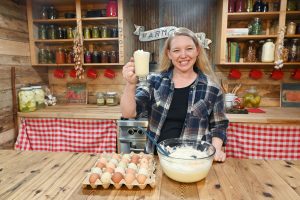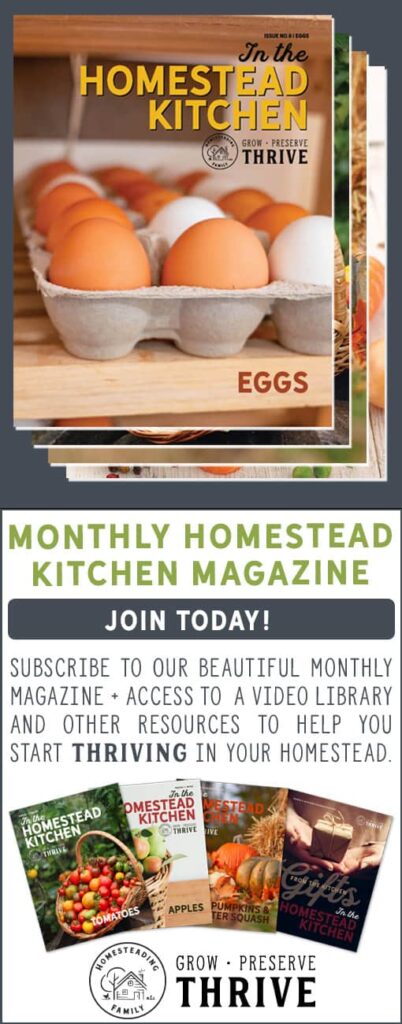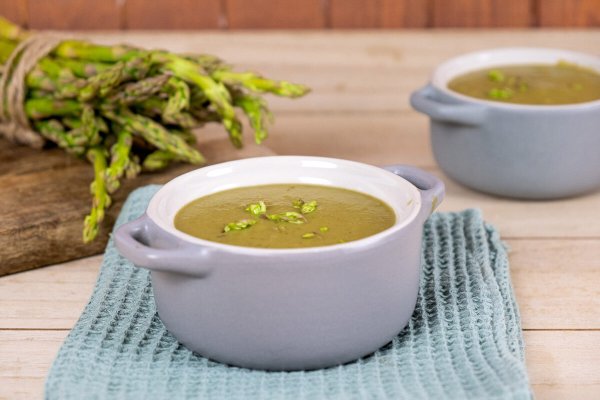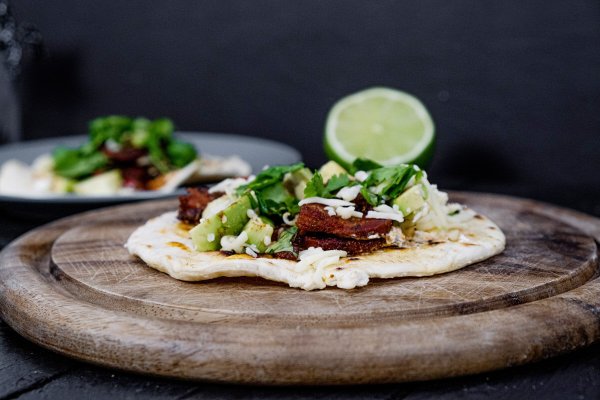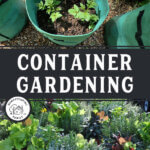
Container gardening allows you to grow and enjoy fresh vegetables and herbs in small spaces at home. Windowsills, balconies, and kitchen counters can all be good places to plant and grow healthy food. You don’t need a large yard or dedicated garden space.

Why I Love Container Gardening
Our homesteading journey began in a tiny apartment with no room to start a garden. However, our apartment’s small balcony and south-facing windows were the perfect growing environment, and we used the resources we had to learn how to container garden for the first time.
Fast forward almost two decades, and even though we now garden for serious food production by making raised garden bed rows, a DIY hoop house and putting in an additional cottage garden, we still enjoy container gardening to this day.
Greenstalk Vertical Gardens weren’t available back when we lived in that little apartment, but we use them now, and they are our favorite way to maximize limited space and extend our growing season so that we can grow a year’s worth of food.
GreenStalks accommodate a variety of vegetables and herbs, and the sturdy design can easily move around so you can position it in sunshine or shade. Also, the unique watering system (along with their new automatic watering system) makes growing a garden almost hands-off.
You can receive $10 off your order of $75 or more by going to GreenStalk Gardens and using the code “homesteadingfamily” at checkout.

Benefits of Container Gardening
You don’t need 20 years of experience to container garden. Whether in an urban setting or you have acres of farmland, everyone can reap the benefits.
Inclusive
Container gardening provides a gateway for the beginner gardener to start small and avoid getting overwhelmed. It’s a great project to include children in homesteading and teach your kids a sense of responsibility.
If you struggle with a disability, container gardening accommodates many of these too. In short, container gardening allows anyone to begin honing their skills to participate in the homesteading lifestyle.

Versatile
Container gardening adapts the “modular” concept, allowing various sizes and shapes of containers to fit a variety of areas, including hanging baskets and window boxes.
Extend Your Garden Season
Containers can be moved indoors or outdoors as the weather permits. Additionally, you can move containers throughout the day to maximize sun exposure. This combination allows you to plant much earlier, getting the most out of your growing season.
Affordable
Save money by repurposing nearly anything that can hold a plant. Just make sure to use food-safe material, provide adequate room for your plant to grow, and have proper drainage. As a bonus, you just supported your efforts to have a zero-waste home!

Control
You will find container gardening easier because it gives you better control over your soil. Learning how to test your soil, make compost at home, and adapt the no-till gardening method may feel overwhelming to tackle all at once.
Starting with container gardening makes it easier to manage weeds (if you even have to weed at all) and to know when your garden needs water.
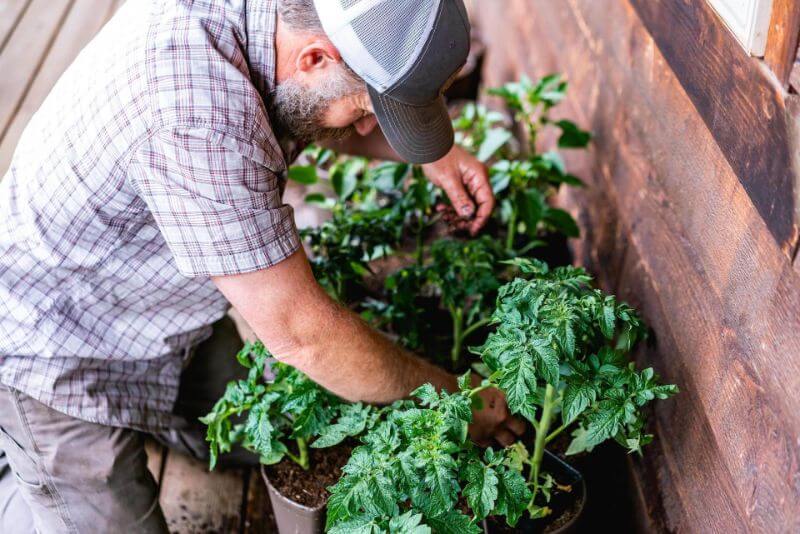
Disadvantages of Container Gardening
It’s true that container gardening will limit the amount of food you’re able to grow. For our sized family it would be near impossible to grow enough food by only utilizing containers. But we still use them for our instant salad and instant salsa gardens.
The disadvantages of container gardening are few, but you should know that container gardens can dry out quicker; therefore, readily available water is crucial. High-quality soil will help retain moisture, and utilizing an automatic watering system can also make it easier.
While they require significantly less maintenance, container gardens still need attention. If you take a vacation from your homestead, you need a trusted friend or neighbor to water the plants or babysit them at their house. Honestly, the pros outweigh the cons.
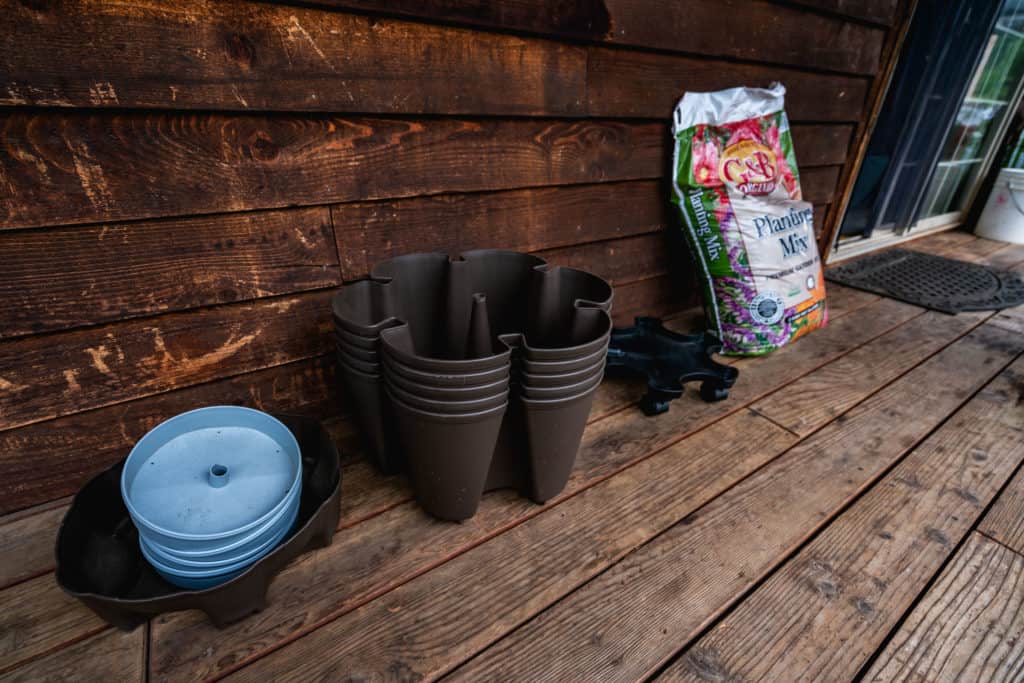
Elements Needed to Container Garden
Like any garden, container gardening requires certain features to succeed.
- Sun – Vegetables that need full sun require 6-8 hours of direct sunlight daily. If you need to, you can use artificial grow lights to promote photosynthesis, especially in northern climates.
- Water – Non-chlorinated water is best for healthy soil and plant growth. A quality hose or watering vessel makes the task more enjoyable.
- Potting Mix – Regular garden soil can become compacted, creating poor plant drainage. In pots, it’s necessary to use light and fluffy soil, so using an organic potting soil mix will give you the best results.
- Fertilizer – Just as an in-ground garden needs regular maintenance, container gardens also need to have the soil’s nutrients replenished. Adding soil amendments, homemade bonemeal, or homemade compost tea can help keep your soil in good condition.

Features of a Good Container
The sizes and materials for containers for planting vegetables and herbs are endless. There are a few things to consider before using your container of choice.
- Size – When you decide what plants you want to grow, make sure the container’s depth is sufficient. Herbs tend to need about 4”-6” of depth for their roots. Vegetables with shallow root systems will need a 6”-8” depth, while vegetables with tap roots will need a 10”-12” depth. Smaller pots that are too shallow will cause your plants to become root bound, waterlogged or over-crowded, resulting in poor growth/development.
- Drainage – All containers need drainage holes to shed excess water. If growing vegetables inside, you’ll want something underneath the container to catch water as it drains through.
- Container Material – The container should be sturdy and large enough to hold the plant, soil and water.
- Plastic Containers – Plastic containers are often used because they are plentiful and inexpensive. Used as pots or hanging baskets, they are lightweight, easy to drill bottom draining holes, hold soil and water well, and clean easily in between uses. Always make sure your pots are made from food-grade plastic so harmful toxins don’t leach into the vegetables.
- Terra Cotta – Terra Cotta pots are a popular choice, glazed and unglazed. However, glazed is preferred because it holds moisture longer, and air penetrates the porous clay. These pots are decorative and come in various shapes and sizes. The downsides are that they can become quite heavy with soil and water and easily crack if left out in the cold weather (winter storage is important).
- Wood – Wooden boxes look great in the yard and can be heavy when you fill the space with soil and plants. It is important to make sure they are in a good spot with the elements needed to grow before final placement. When building your own wooden planters, choose untreated wood.
- Fabric Grow Bags – These bags are lightweight, come in many different sizes, and often have handles making them easy to move. Grow bags don’t hold water as efficiently as plastic or ceramic containers, so pay attention to your plant’s watering needs.

What Can Grow in a Container Garden
As long as you follow the guidelines mentioned above in elements needed and features of a good container, you should be able to grow just about anything your climate allows in your container garden. In cold zones, you will want to learn how to winterize plants in containers.
Certain plants (such as mint) tend to spread and take over an area, making them ideal for a container to give it boundaries.
For other plants (such as fruit trees), root systems may grow too deep or wide, making them unsuitable for containers. However, many plants have been cultivated as dwarf varieties to accommodate smaller growing spaces making them ideal for container gardening.
Beginner gardeners tend to have the best results when purchasing plant starts from a local greenhouse. On the other hand, if you are ready to learn how to start seeds indoors, we recommend purchasing heirloom seeds from Seeds for Generations.
Are you feeling inspired to master container gardening? Do you want to maximize the nutrition of your homegrown produce? Check out our free guide, Healthy Garden in 5 Easy Steps. This download is full of the information you need to grow the healthiest vegetables possible.

More Articles You May Enjoy
- What is Homesteading?
- Urban Foraging – Finding Food in Unlikely Places
- Apartment to 40 Acres
- Permaculture Design Class
- How to Grow Greens Year Round
- How to Get Ready For Preservation Season
- Learn How to Start Seeds Indoors
- Seed Starting Problems and How to Fix Them
- Healthy Garden in 5 Easy Steps
- How to Test Soil pH



